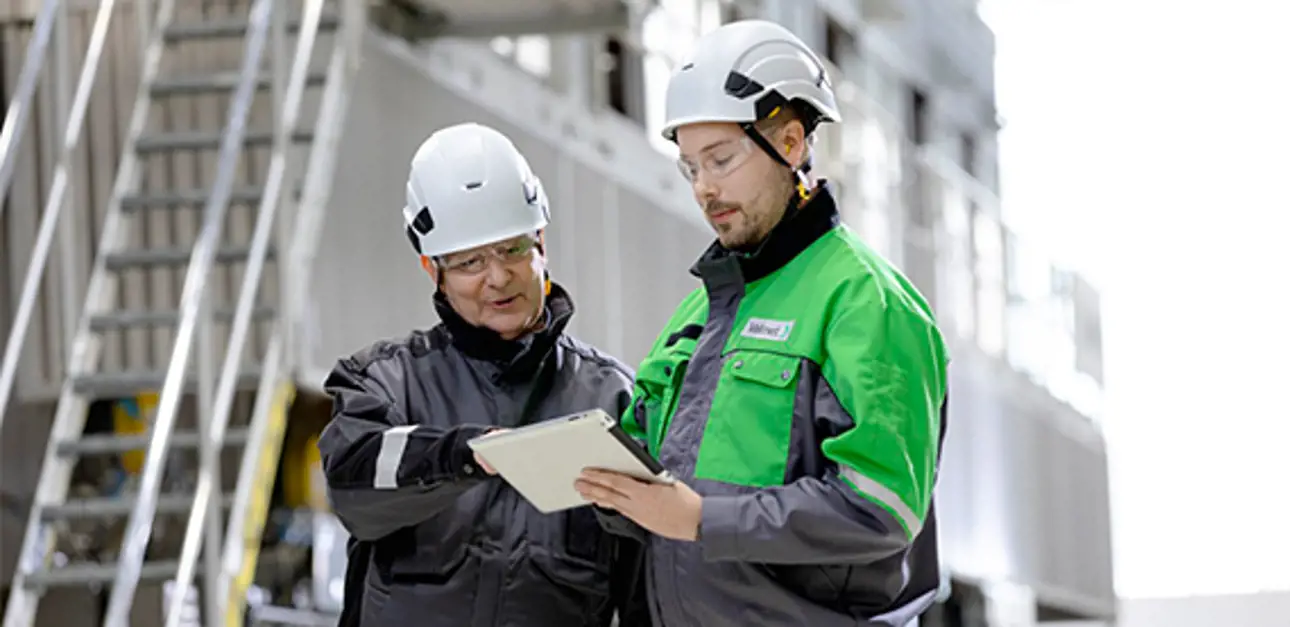Valmet helps tissue OEMs solve U.S. packaging challenges with the Casmatic CMB270 NA bundler

During the 2021 holiday buying season, 92% of Americans had packages delivered. While the holidays are perennially busy times for e-commerce, the increased activity is becoming less of an outlier.1
The COVID-19 outbreak forced a substantial change in buying behaviors. The convenience and accessibility of online shopping won loyalty. Nearly 65% of Americans plan to continue to shop online for routine needs like groceries and household items including tissue products in 2022.1
E-commerce has undoubtedly become a way of life in the United States. Along with it comes certain consumer expectations about sustainable packaging, package sizes, and private label product options that put tissue OEMs at a crossroads for finding solutions.
The challenges are catalysts for change in the tissue industry — and packaging equipment innovation that only a leader like Valmet can provide.
Consumer Perceptions of Packaging Materials and Package Sizes
Nearly 75% of Americans eschew plastic. An equal number expressed a likelihood to repurchase from brands that have reduced, substituted for, or eliminated plastic packaging.1 As consumers continue to support their convictions with their purchase power, tissue manufacturers are heeding the call by turning to bioplastics as sustainable plastic packaging alternatives.
Likewise, customers in the United States continue to prefer purchasing tissue products in large-count formats such as 36 or 45 bath tissue rolls, or 15 mega-roll paper towels. The popularity of this decade-long trend isn’t likely to wane anytime soon. Proliferation of e-commerce and warehouse club channels have impacted the shift toward a wide variety of large packaging sizes.
Private Labels Increase Competition
Industry statistics reflect that private label hygiene tissue products — bath tissue and paper towels — hold about 27% of the U.S. market, 55% in Europe, and 35% worldwide.3 The pandemic has likely bumped up the percentages, especially in North America where 90% of shoppers who switched to private label brands indicated they would continue to buy them.4
The consistently growing preference for private label products makes an already complicated U.S. packaging landscape even trickier for tissue OEMs to navigate.
Obstacles Become Opportunities with Casmatic CMB270 NA Bundler
Consumer demand for ecommerce, sustainable packaging, and more private label options escalates the challenges tissue OEMs face. In a U.S. market already flooded with a wide variety of bundle formats and configurations dictated by retailers and distribution channels, flexibility in equipment solutions is required to turn obstacles into opportunities.
It’s that thinking that led Valmet to redesign the Casmastic CMB270 NA bundler to meet the unique needs of the U.S. market. As the most flexible bundler in North America, the CMB270 NA easily handles all U.S. and Canadian bundle formats at speeds up to 27 bundles per minute.
The key is the updated Triple Infeed System with:
- Stacker mode allows for production of bundles with cores horizontal, making it easy for the sliding layer separator to reliably achieve stacking precision in any format
- Bypass mode diverts products from the stacker directly to the elevator
- Revolver upender functionality is an optional add on that enables product bundling with cores vertical, increasing the operating window and speed. It replaces the stacker in a fast, fully automated changeover that operators control from the HMI panel
SOURCES
1Ranpak, What trends are influending American e-commerce customers?, March 29, 2022
2 Future Trends in Packaging, A custom report prepared by Euromonitor International for Koerber Tissue, 2021
3Tissue World Magazine, The multiple reasons why consumers increasingly choose private label over national brands, September 24, 2020
4Food Navigator, Private label returns to solid single-digit growth while outpacing national brands, reports PLMA, April 8, 2022